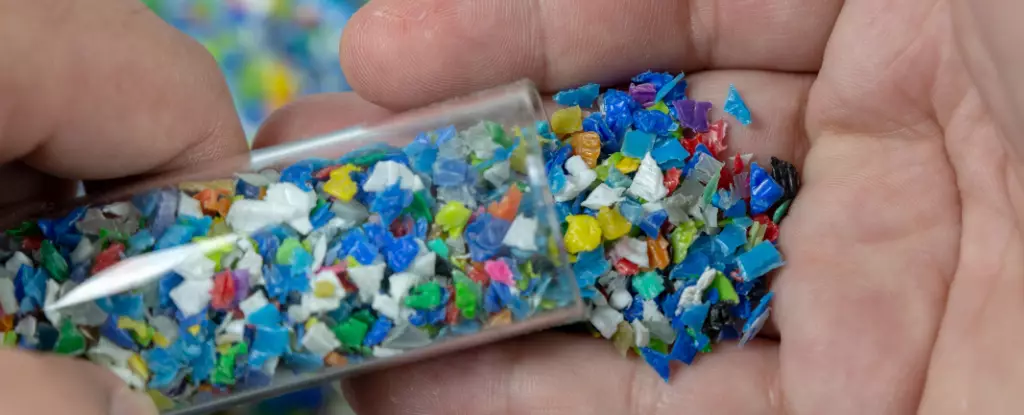In today’s world, the prevalence of plasticizers—chemicals incorporated into plastics to enhance flexibility—is alarming and largely invisible to the everyday person. Recent research indicates that urban residents in southern California are experiencing exceptionally elevated levels of exposure to these substances. David Volz, a toxicologist at the University of California, Riverside (UCR), emphasizes the pervasiveness of these chemicals, stating that regardless of location or lifestyle, individuals are likely exposed to high and persistent levels of plasticizers. This situation raises pressing health concerns, as many of these compounds, while not universally recognized as toxic, are connected to serious health implications.
Legislative Action and Public Health Concerns
Amid growing apprehension regarding the safety of plasticizers, California has initiated steps to minimize exposure by legislating the ban of certain harmful compounds, such as DEHP (di (2-ethylhexyl) phthalate), from medical supplies like IV bags and tubing. The enforcement of this ban highlights the state’s commitment to public health by acknowledging that DEHP may significantly increase cancer risks, impair reproductive health, and negatively influence child development. It is critical to note that while DEHP had already been restricted in children’s products since 2009, research findings indicate that a substantial portion of the population in southern California is still being exposed to this and other toxic plasticizers.
The alarming data regarding plasticizer exposure originates from a study carried out over two years involving 137 UCR students. Participants wore silicone wristbands for five continuous days to measure the absorption of environmental pollutants. Researchers were shocked to find that the levels of certain hazardous plasticizers were far higher than anticipated. Specifically, it was revealed that between 94% and 97% of the absorbed plasticizers could be traced back to three main chemicals: DiNP (di-isononyl phthalate), DEHP, and DEHT (di(2-ethylhexyl) terephthalate). This finding serves as a stark reminder of the environmental and health challenges posed by these ubiquitous chemical agents.
Plasticizers, especially phthalates like DiNP and DEHP, are found in a vast array of products, from food packaging to cosmetics and household materials. These chemicals can enter the human body via ingestion, dermal absorption, or inhalation, creating a constant cycle of exposure. Notably, while they do not remain in the body for long periods, their residues can still be detected in the urine of the majority of the American population. This poses a troubling question: what are the cumulative health effects of continued exposure? While regulatory agencies, such as the U.S. Environmental Protection Agency (EPA), are beginning to reevaluate the safety of these compounds, much remains unknown.
The Need for Increased Awareness and Regulation
The concern surrounding the effects of chronic exposure to plasticizers is not limited to California. Similar findings in eastern U.S. cities indicate that the issue is national in scope. Experts recommend that the public stay informed about the potential risks associated with plasticizers and embrace lifestyle changes that minimize exposure, such as opting for products specifically labeled as phthalate-free. Furthermore, ongoing research and consumer advocacy are vital for advancing stringent regulations regarding the use of these chemicals in everyday products.
As awareness of the health risks associated with plasticizers continues to grow, it becomes increasingly urgent for both consumers and lawmakers to take coordinated action. The tantalizing promise of convenience offered by plastic products should not come at the expense of public health. Continued vigilance and proactive measures will be crucial to reducing exposure to these harmful chemicals, safeguarding future generations from the latent health hazards of plasticizers. In an era where health consciousness is on the rise, it is imperative that we confront this silent threat to our well-being with informed determination and collaborative effort.


Leave a Reply